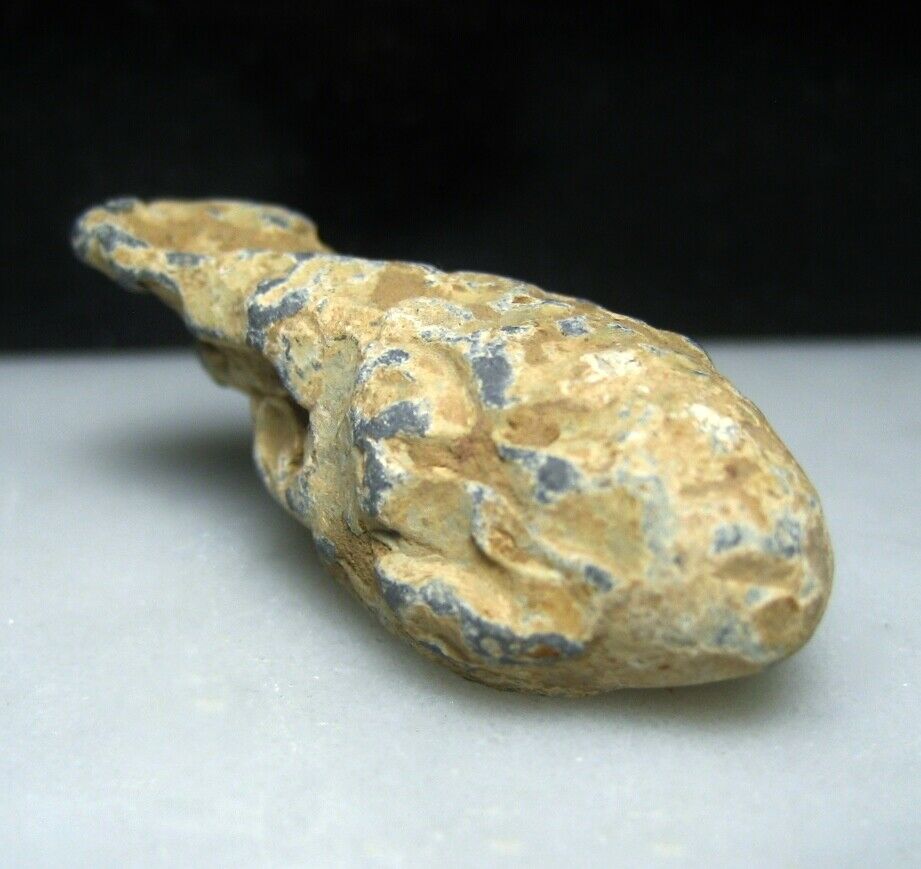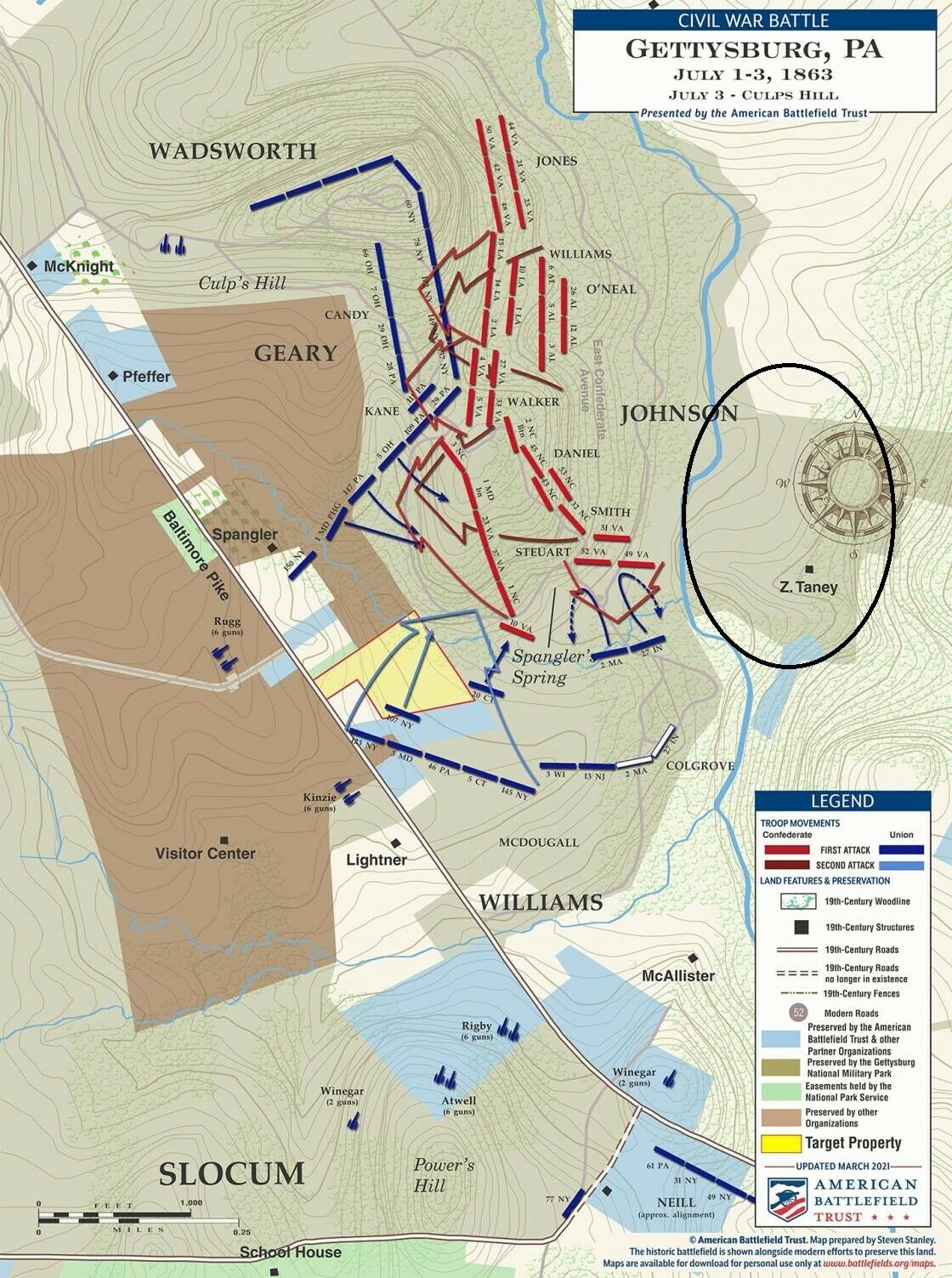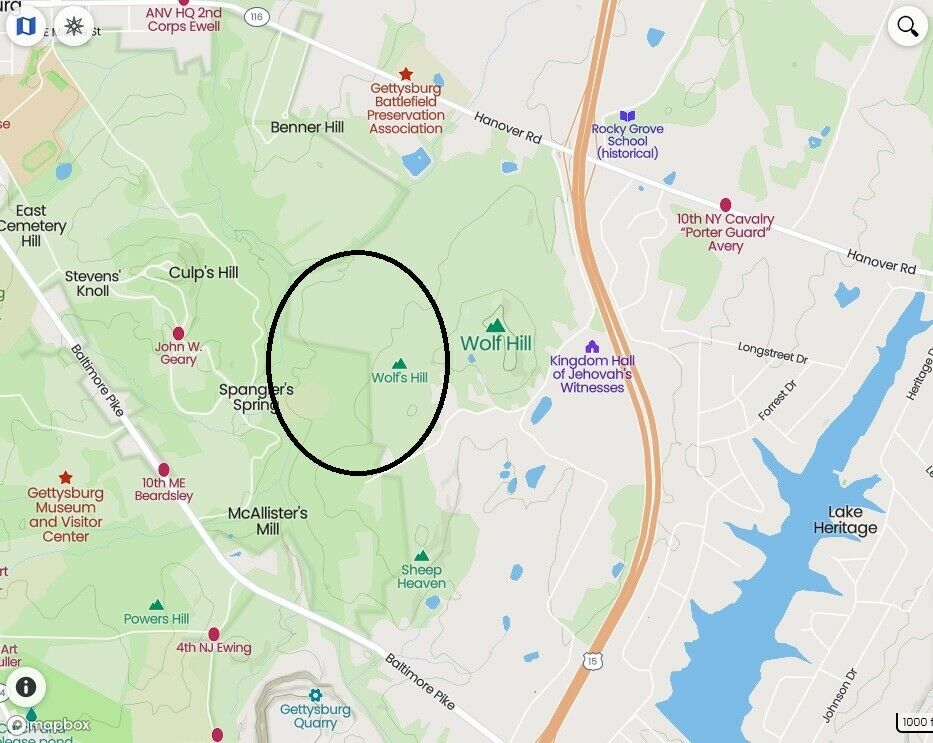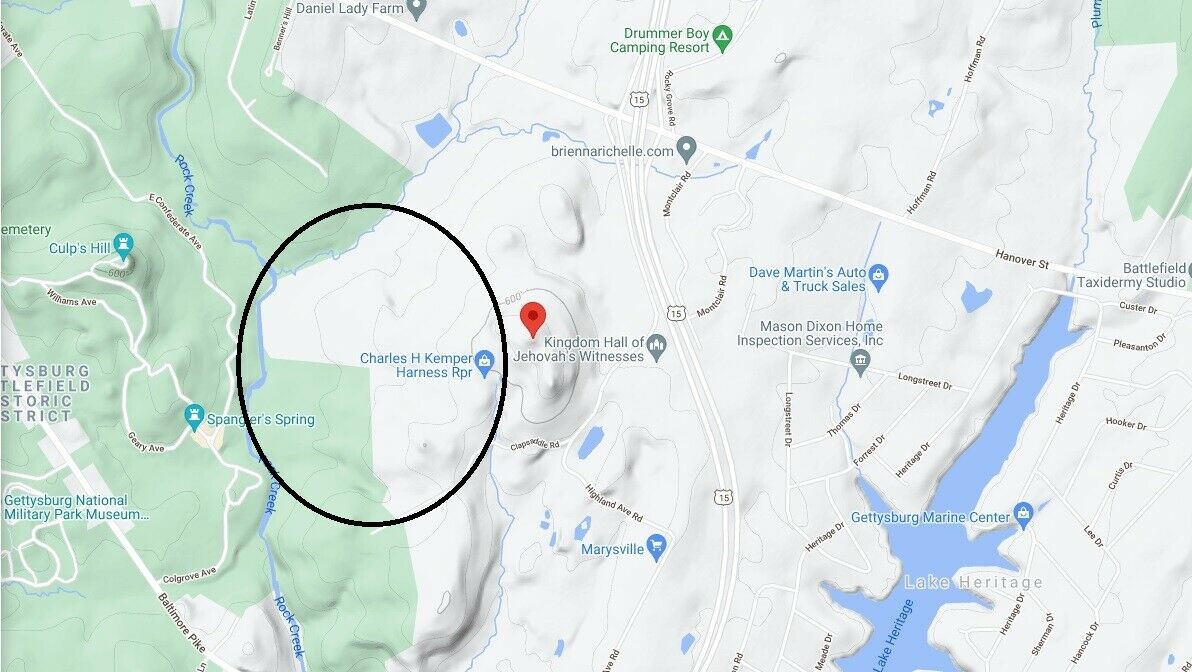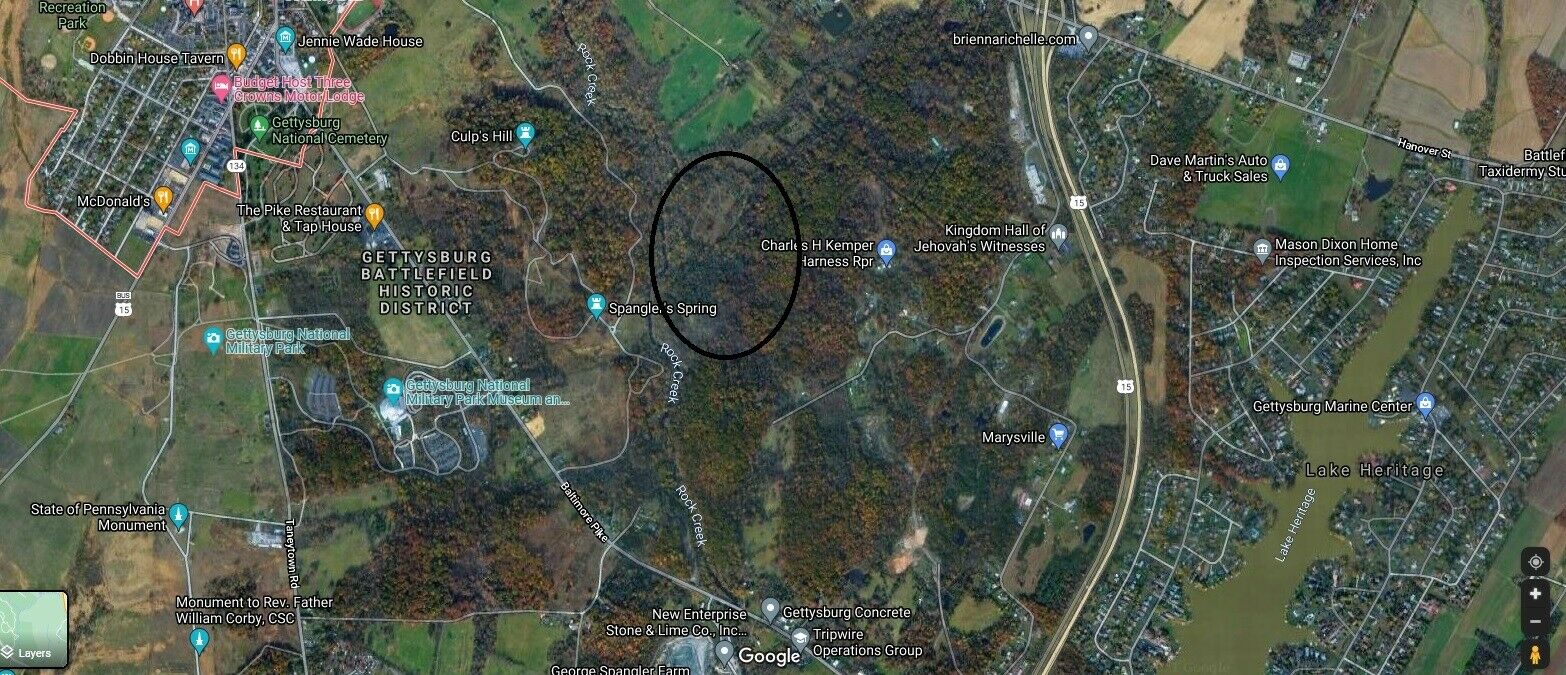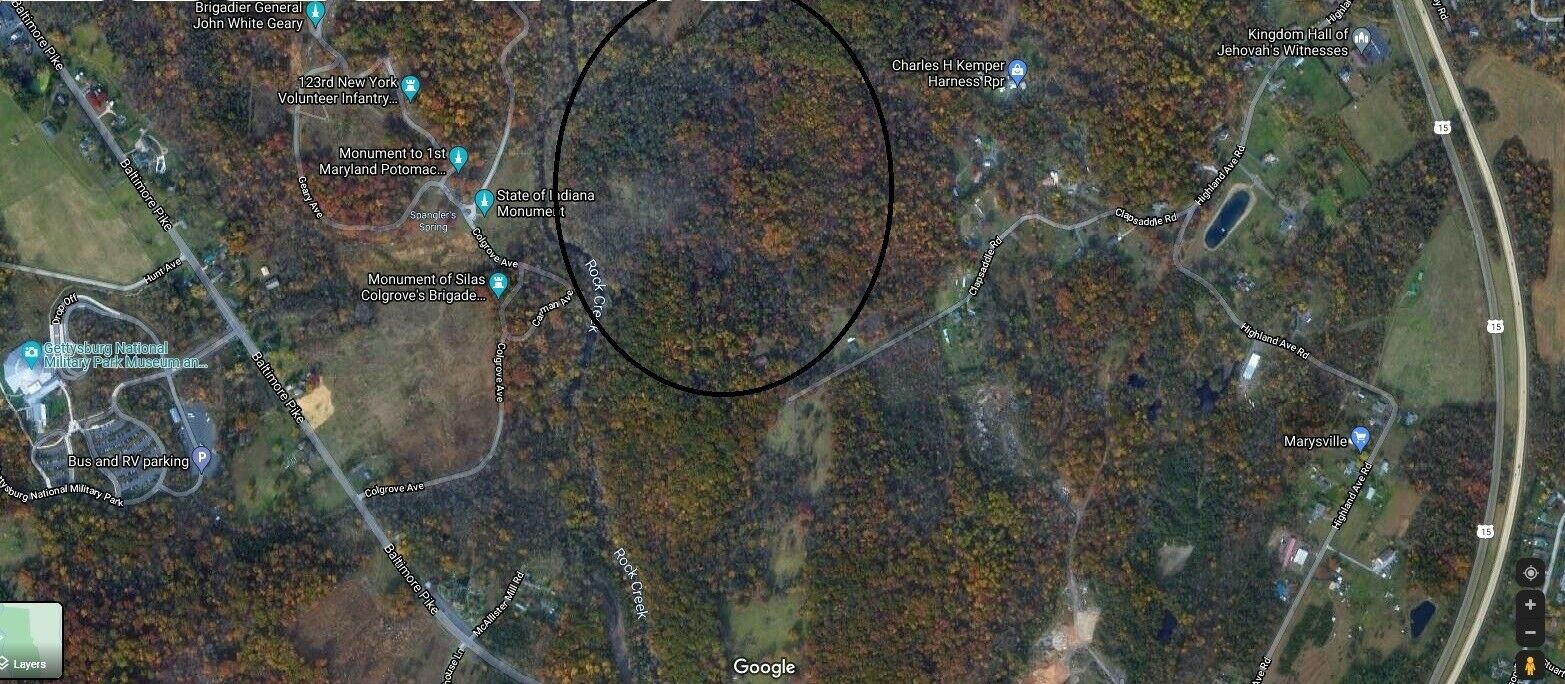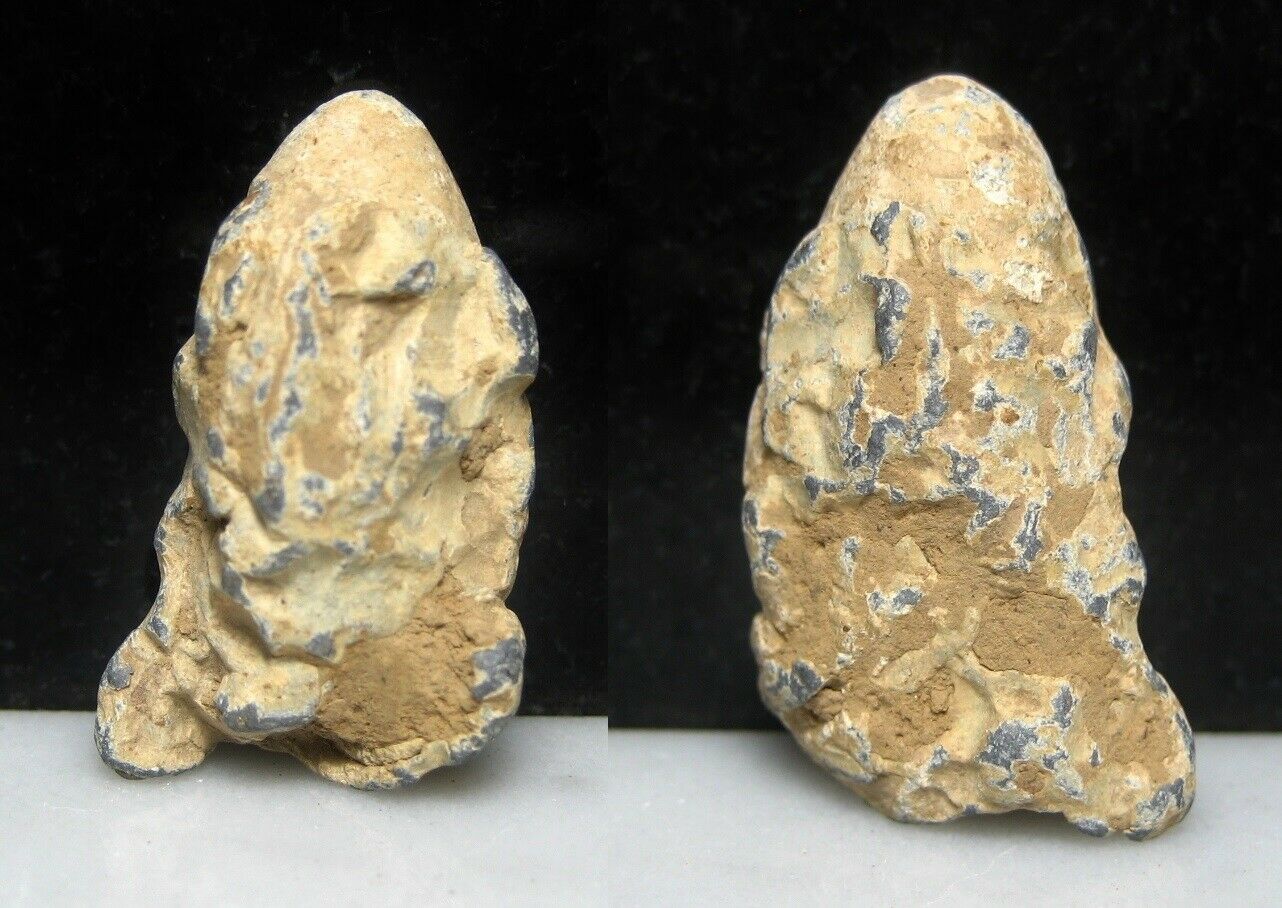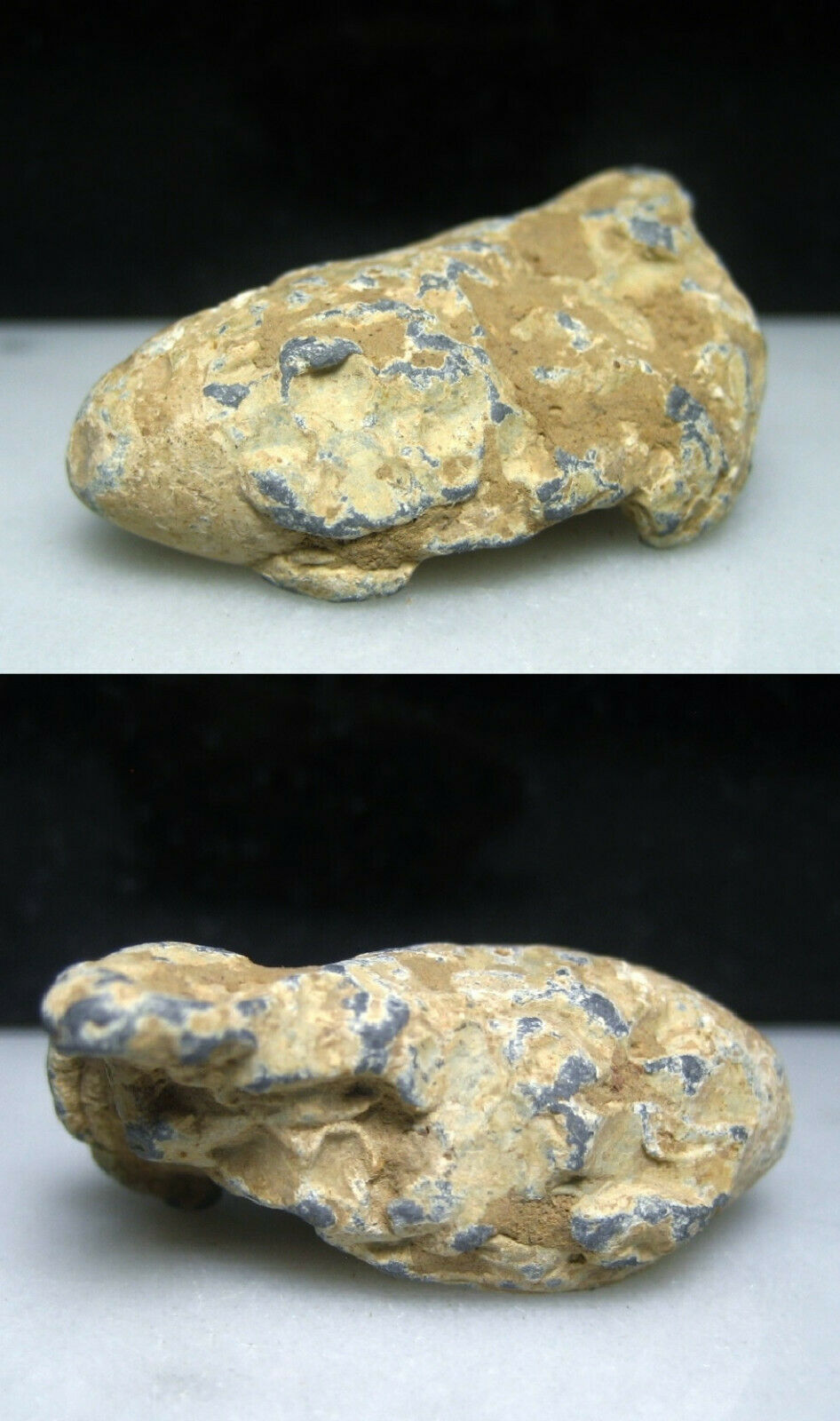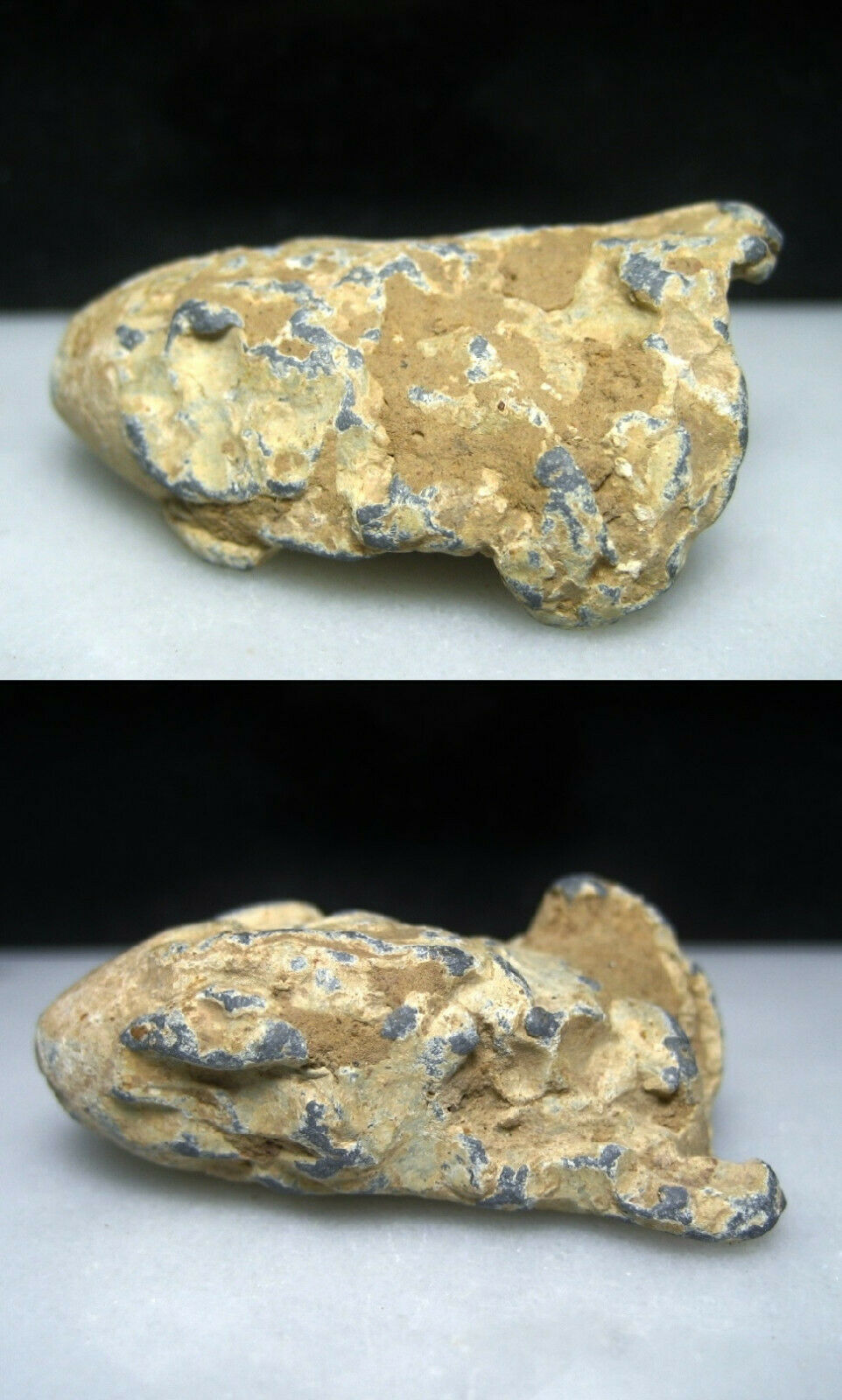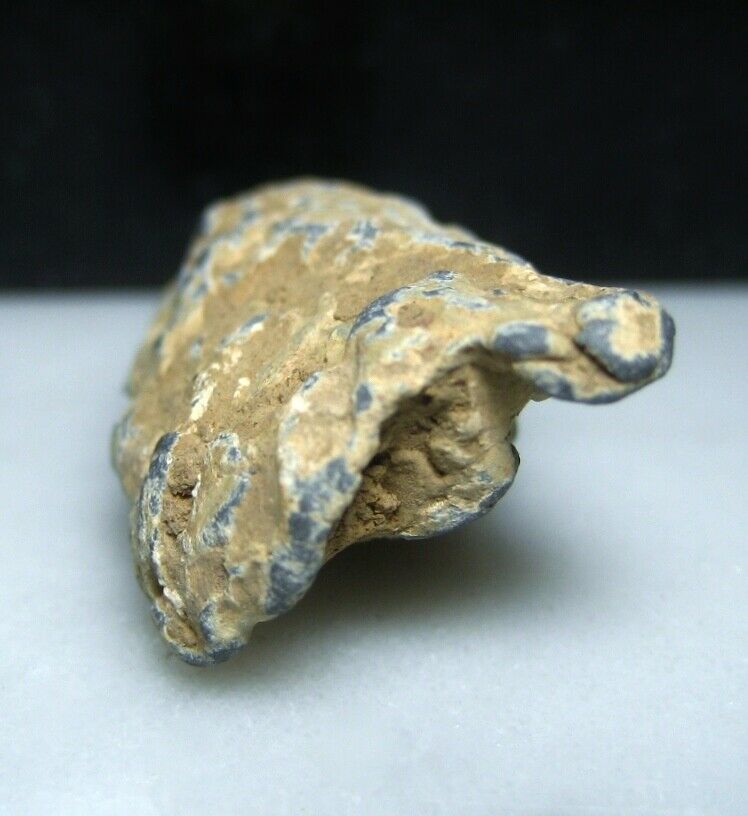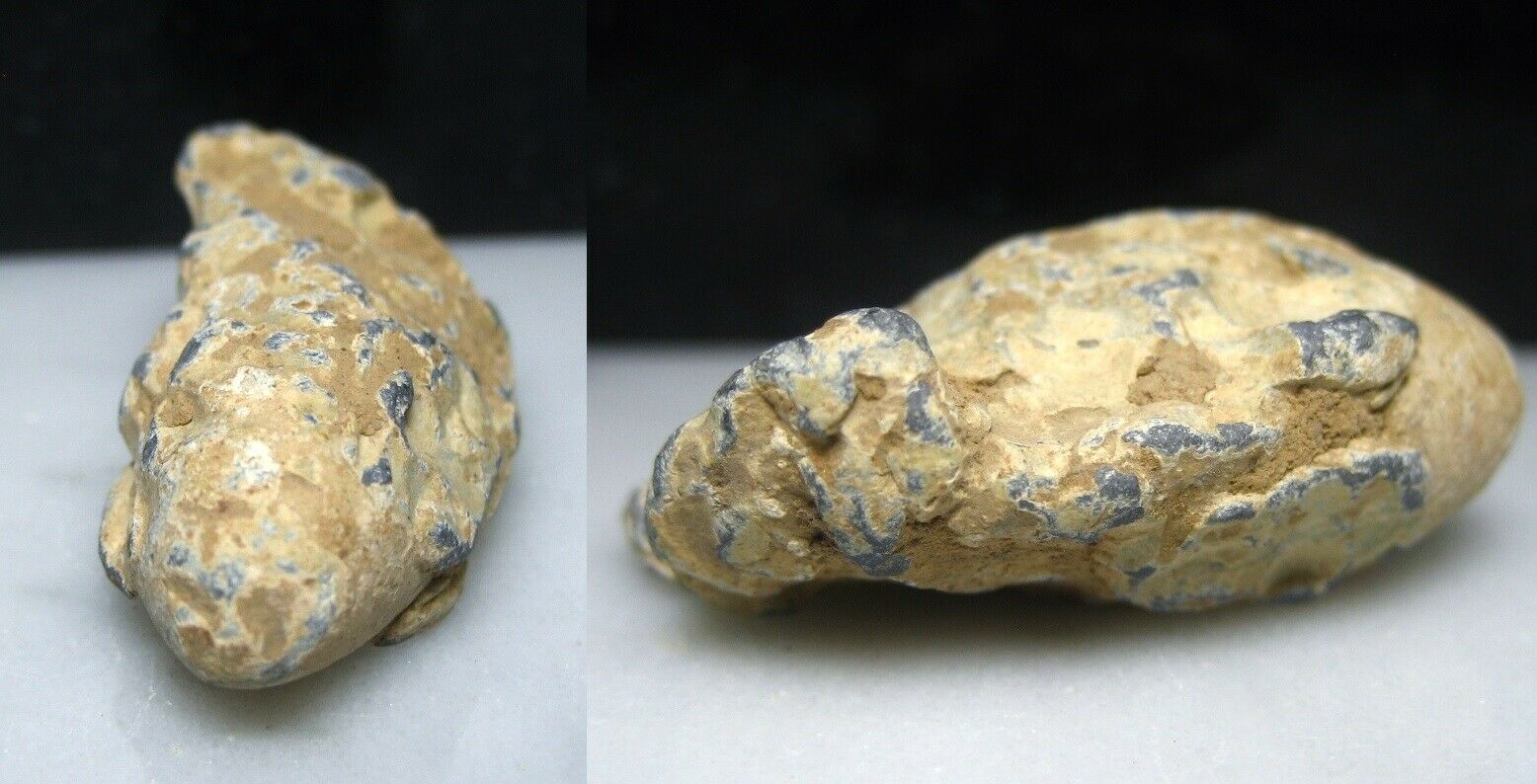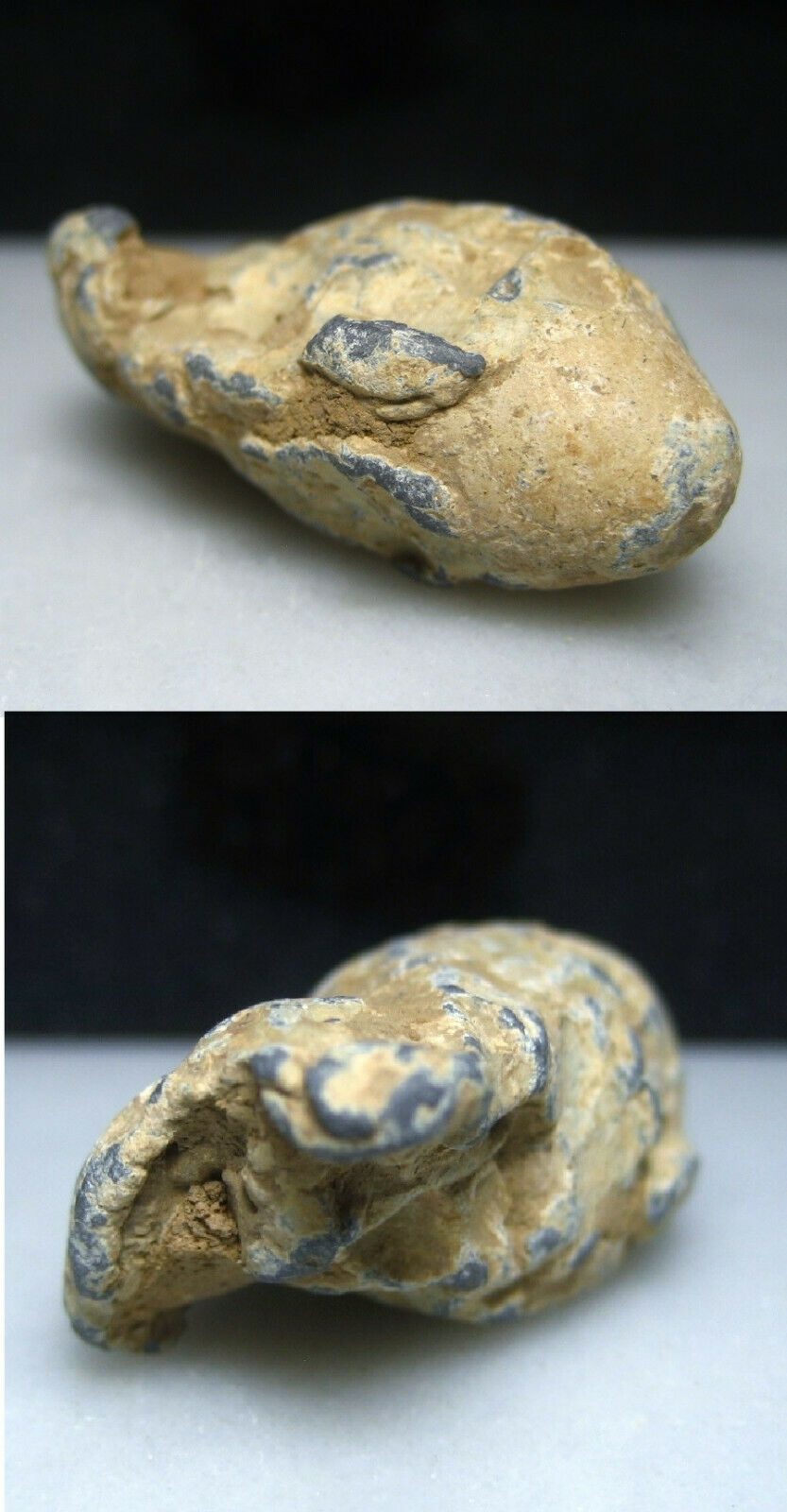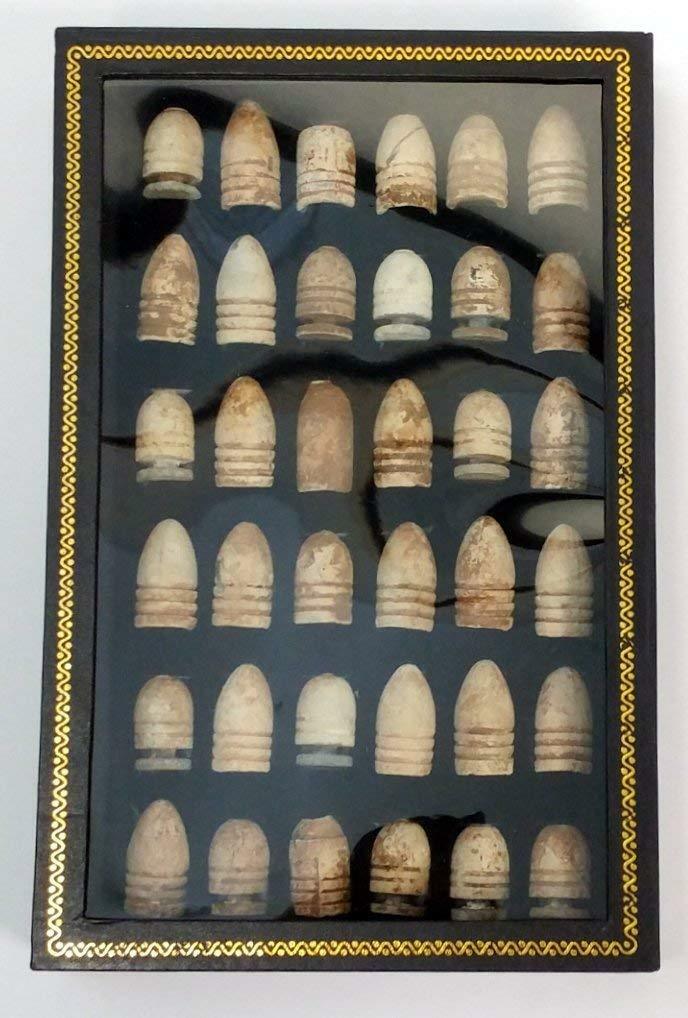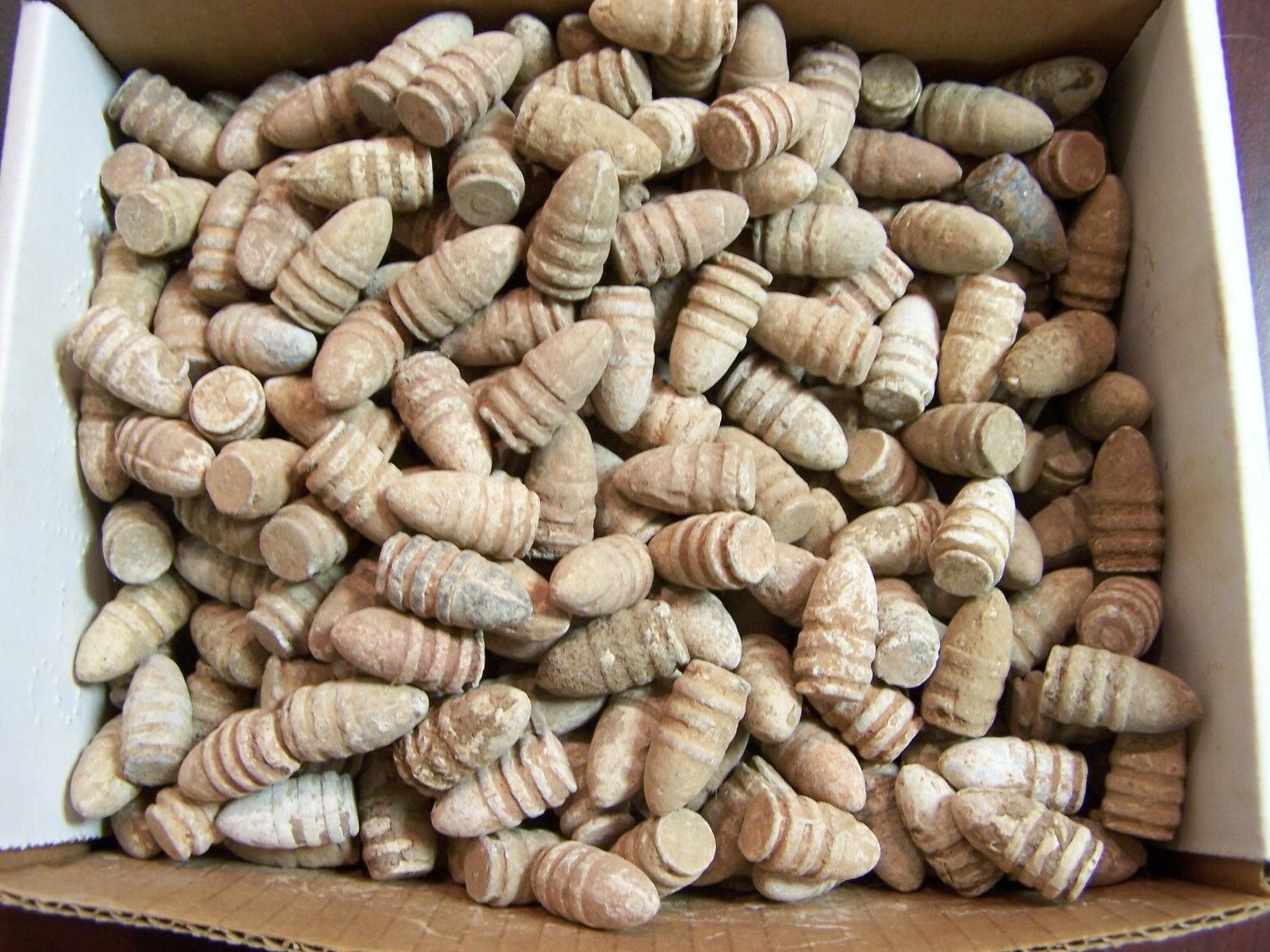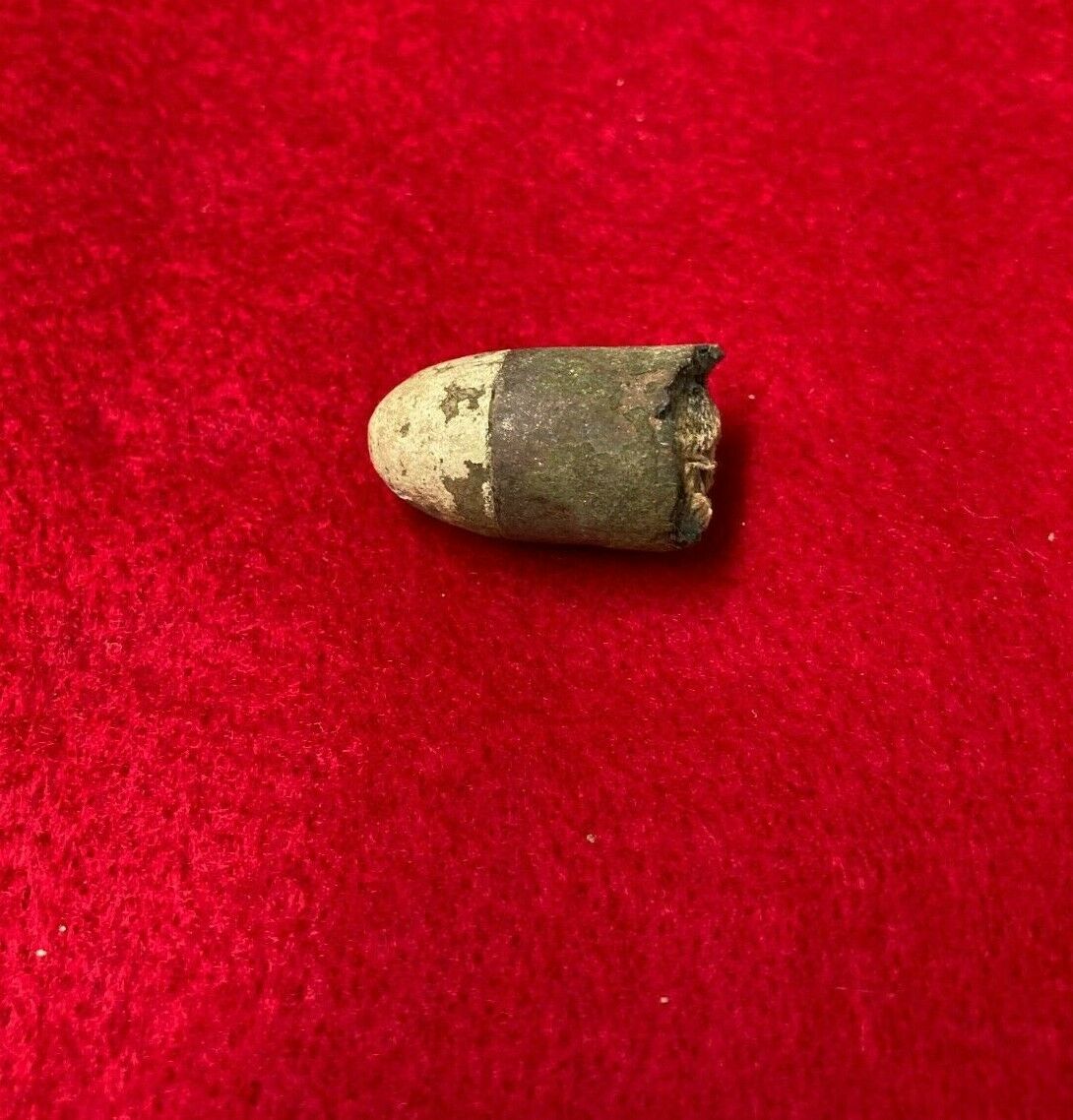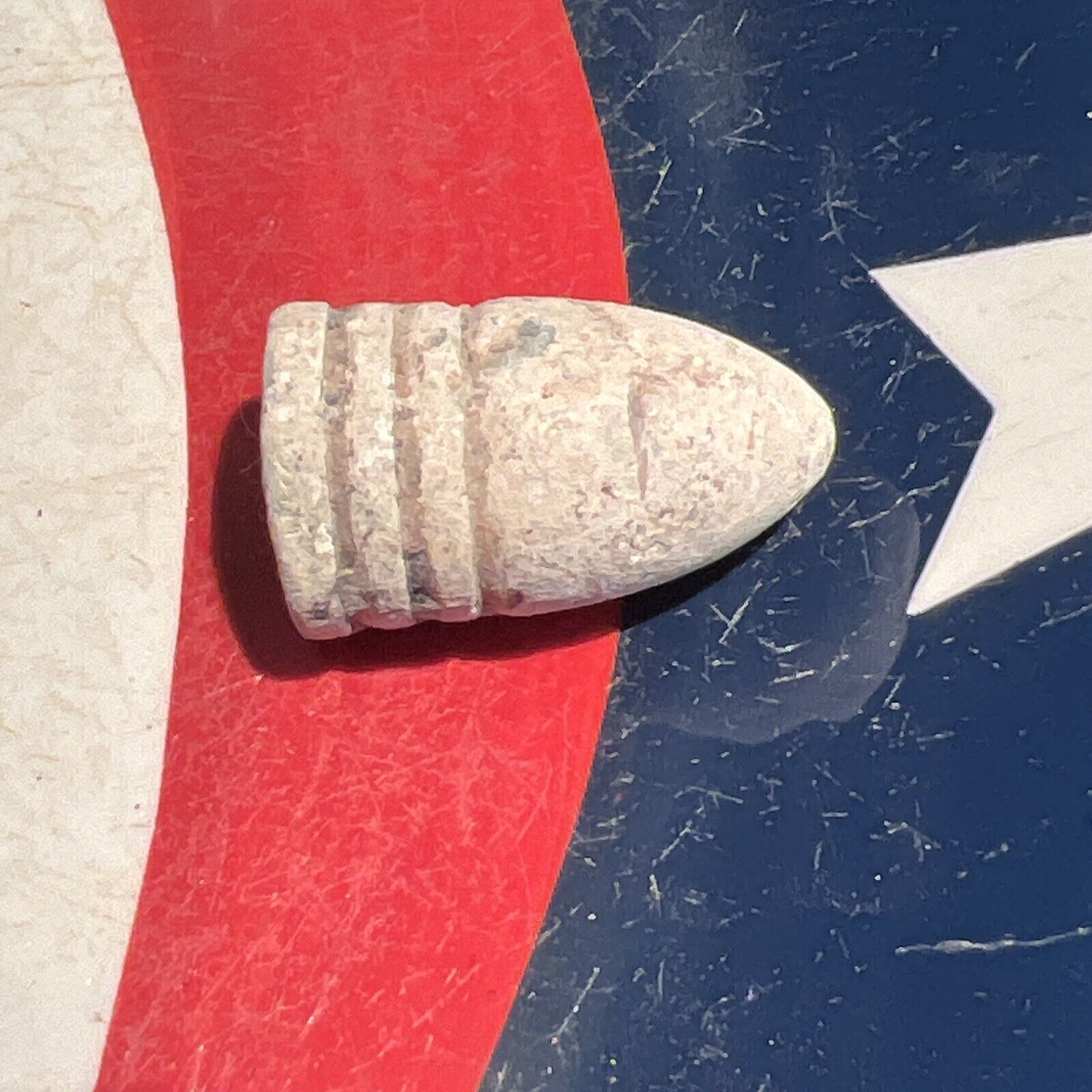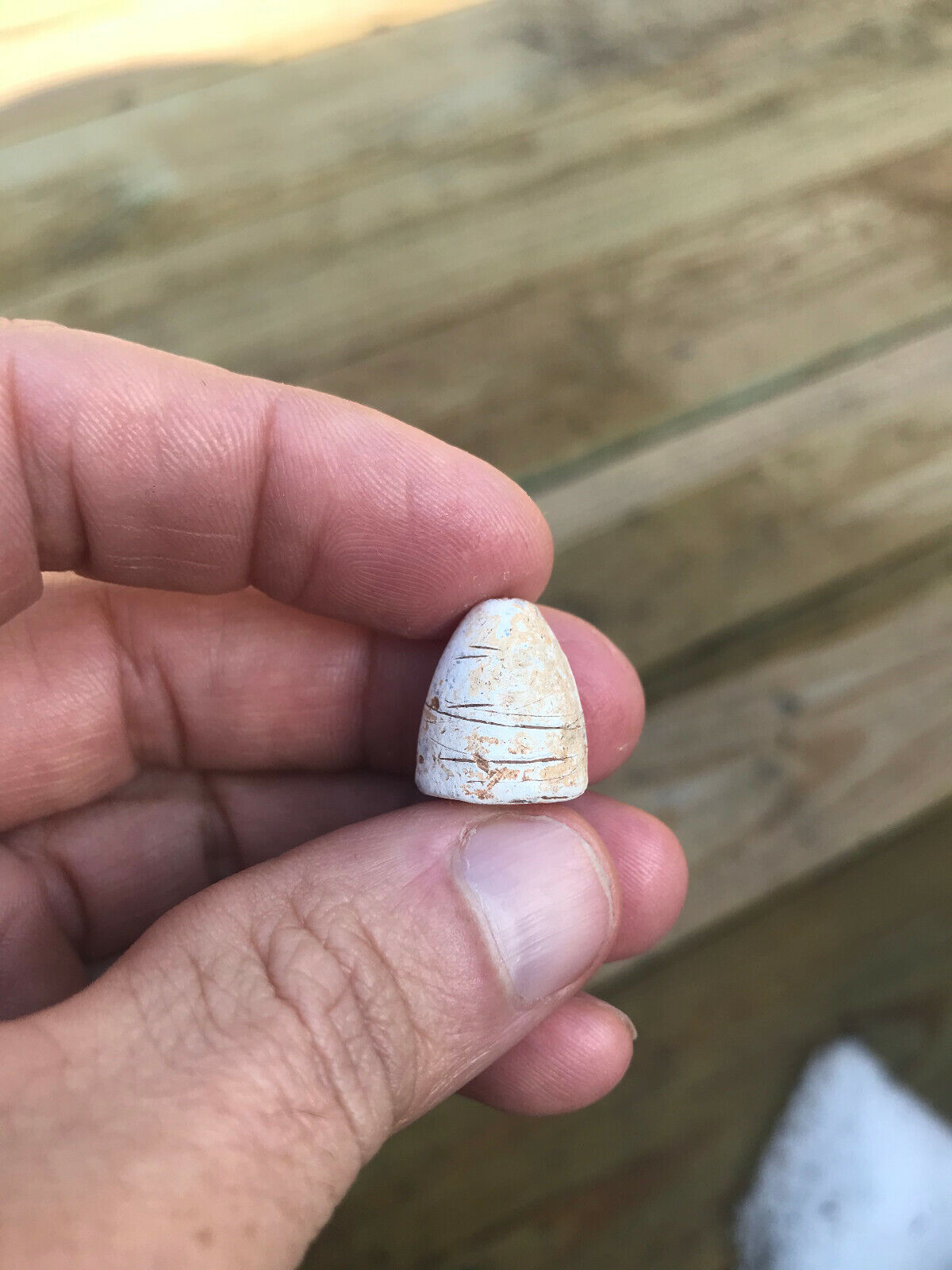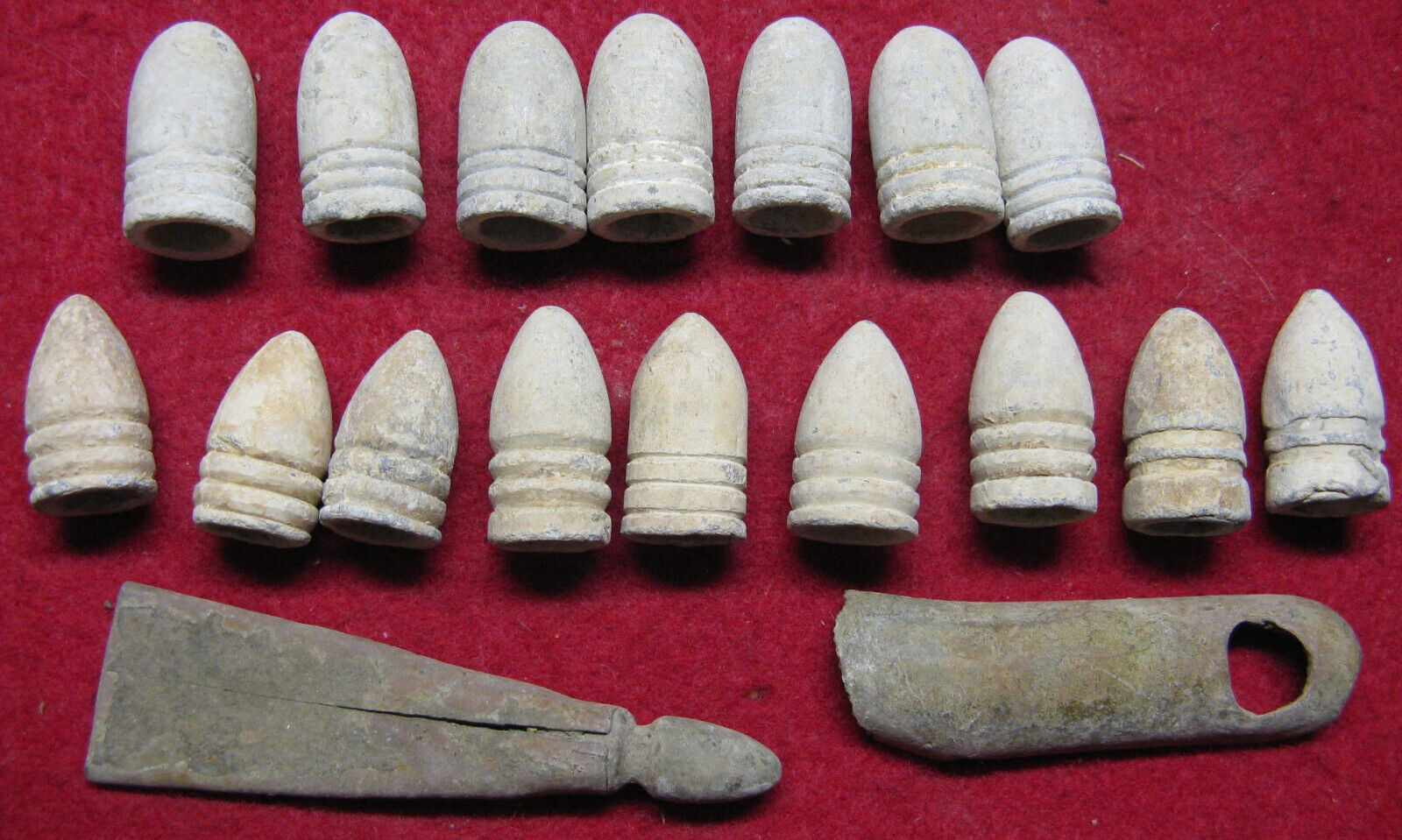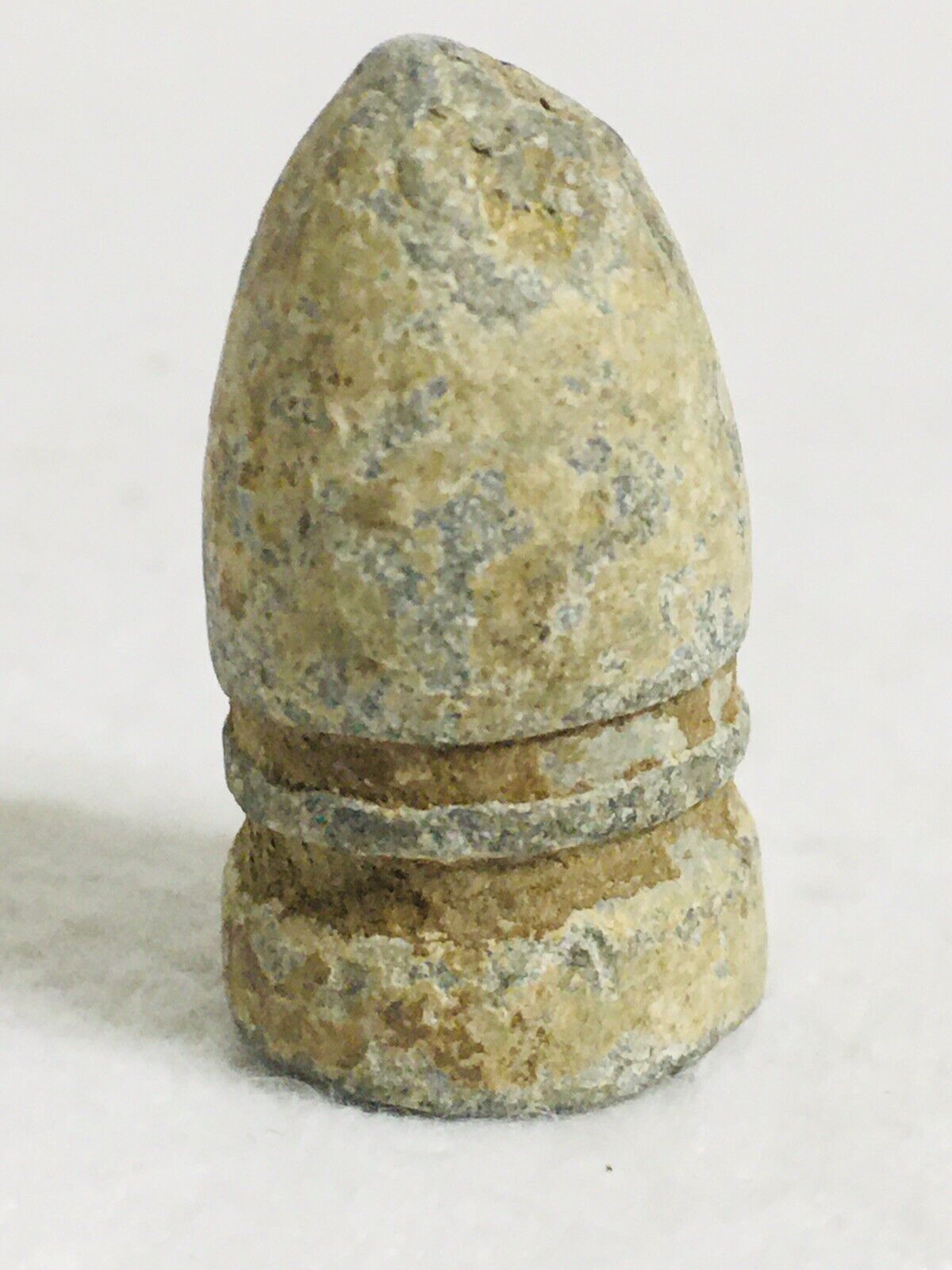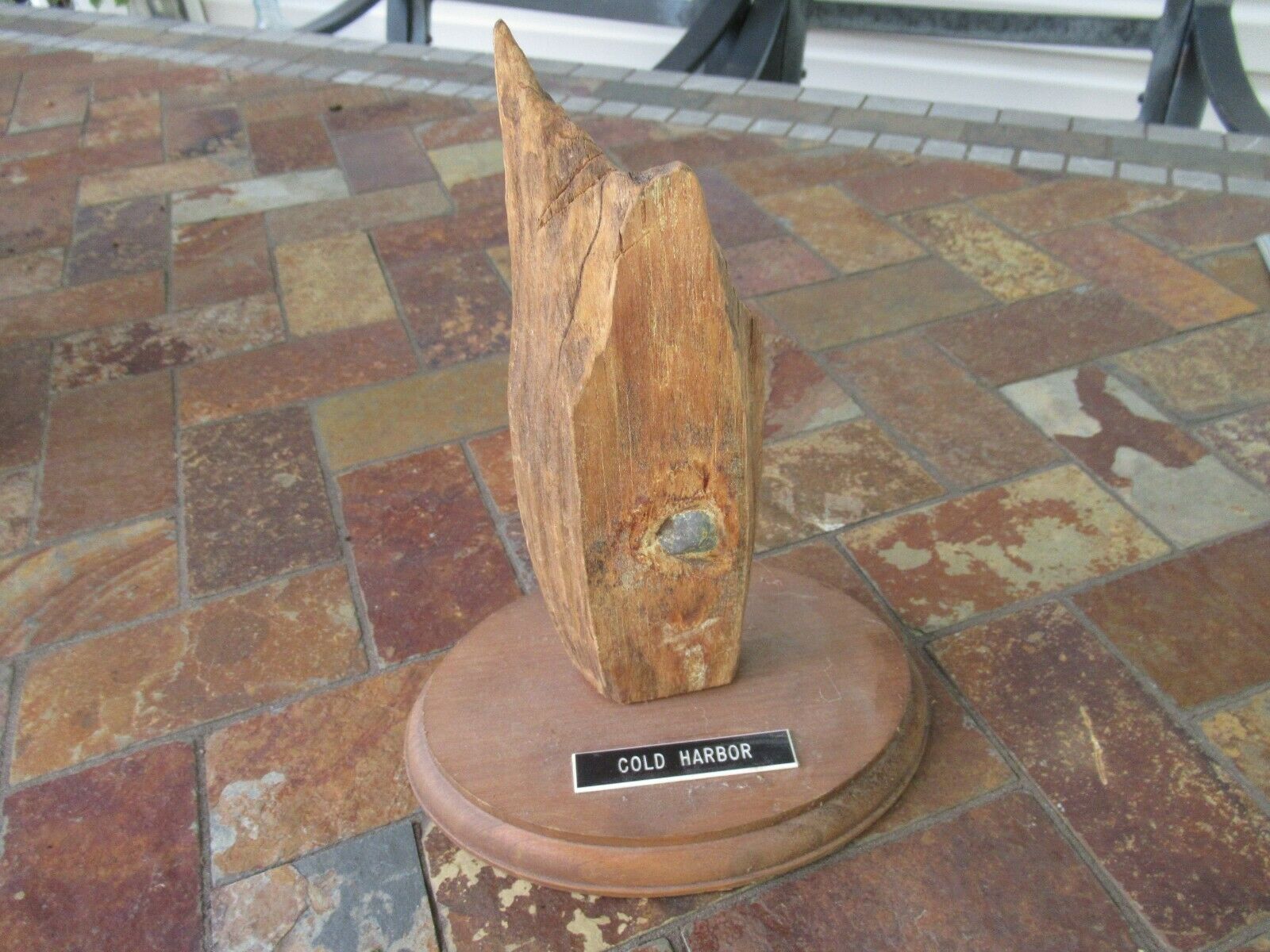-40%
Gettysburg Culp's Hill Wolf Hill Dug Civil War Battle Relic Fired Chewed Bullet
$ 13.19
- Description
- Size Guide
Description
We are working as partners in conjunction with Gettysburg Relics to offer some very nice American Civil War relics for sale.THE BATTLE OF GETTYSBURG / THE AREA BETWEEN CULP'S HILL AND WOLF HILL - FROM THE JOHN BELLINGER COLLECTION - A Relic condition fired high impact and very mangled Bullet, that appears to have been chewed, likely by an animal. It is possible that this is a Confederate 2-Ring Gardner, judging by the shape, but it is impossible to say with certainty. This artifact was recovered in the area between Culp's Hill and Wolf Hill at Gettysburg PA. The area is shown in the maps.
A Relic condition fired high impact and very mangled Bullet, that appears to have been chewed, likely by an animal. It is possible that this is a 2-Ring Gardner, judging by the shape, but it is impossible to say with certainty. This artifact was recovered in the area between Culp's Hill and Wolf Hill at Gettysburg PA. The area is shown in the maps.
This artifact
was recovered in the area between Culp's Hill and Wolf Hill on private property many years ago by a Gettysburg area relic hunter between 1978 and 1981, and was later a part of the John Bellinger Collection. A provenance letter will be included.
Culp's Hill and Wolf Hill at Gettysburg -
On the opposite side of the line, the opposing forces also moved numerous times as they jockeyed for advantageous military positions. The Confederates moved a strong skirmishing force of North Carolinians and Virginians to the east side of Rock Creek on Wolf Hill to engage and work their way around what was then the extreme Union right flank near Spangler's Spring. These men belonged to General George "Maryland" Steuart's Brigade and the famous Stonewall Brigade—a skirmish line to be reckoned with! The Virginians and North Carolinians took position and sniped from rocks and trees on Zephaniah Taney's farm.
Soon, two Union regiments, then four, belonging to General Thomas Neill's Sixth Corps brigade also moved to the east side of the creek. Neill took position along a stone wall on a rise as the 2nd Virginia changed positions to fight with Neill. This put the 2nd directly on the farm of John Taney and shooting into Union forces at Jeremiah Taney's house. For the soldiers positioned on the Confederate left flank and the Union right flank, July 3rd was not about the famous Pickett’s Charge—it was about the skirmishing in the woods and fields on Wolf Hill that killed or wounded more than twenty of their comrades. This was their Battle of Gettysburg.
Men of both armies on Wolf Hill could hear (and probably feel) the immense bombardment that preceded Pickett’s Charge from roughly 1:00p.m. to 2:30p.m. So could the soldiers in the Georgia, Pennsylvania, South Carolina and U.S., units on the opposite flank, which had by then moved out to and west of the Emmitsburg Road. General Wesley Merritt’s Brigade of cavalry was pressing the extreme Confederate right flank consisting of men from the 1st South Carolina Cavalry and later by a growing number of Georgia regiments from Gen. George "Tige" Anderson’s Brigade, supported by a few cannons. As Pickett's Charge played out, Union and Confederate forces were fighting in a much smaller engagement west of the Emmitsburg Road. Merritt's
advances gained nothing and the army flanks were in motion again. Even as this fighting raged, one of Merritt’s regiments had skirted eight miles to the west to engage Confederates at the town
of Fairfield. Soon, the flanks of both armies were back in Virginia.
Army of the Potomac
Sixth Corps Second Division
Third Brigade
Brig. Gen. Thomas H. Neill
7th Maine (6 Cos.) 43d 49th 77th New York
61st Pennsylvania Infantry
July 2. Arrived after a march of 33 miles from Manchester Md. and about 6 P. M. was detached from the Corps and ordered by Major Gen. G. G. Meade to hold Powers Hill. Later was ordered by Major Gen. H. W. Slocum to support the front line but at midnight was ordered to Powers Hill.
July 3. The Brigade by order of Major Gen. Slocum crossed Rock Creek and took position on the extreme right of the Army making connection with the Cavalry pickets and encountered and
Thank you for viewing!
